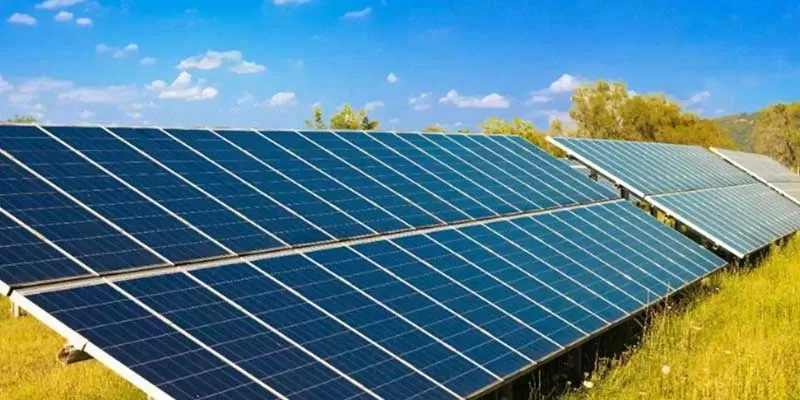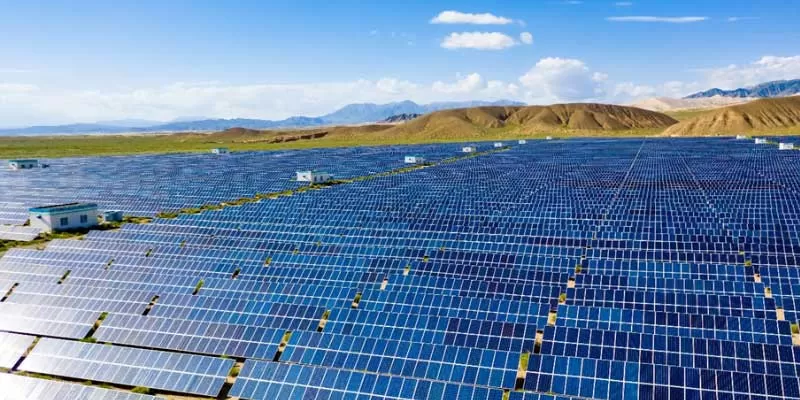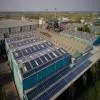Durga Shanker Mishra, Secretary, Ministry of Housing and Urban Affairs (MoHUA), speaks on the opportunities the Global Housing Technology Challenge-India (GHTC-India) will bring, the criteria for adopting these technologies, viable funding options for affordable housing, and more, in conversation with SERAPHINA D’SOUZA.
The challenge: There are three components to this. First, we are holding a two-day GHTC expo-cum-conference at Construction Technology India 2019 on March 2-3, where we want the country to see the best global construction technologies that will be showcased. We are going to have lighthouse projects at six different places with different technologies. Further, the private sector can have MoUs with these global technology providers. We will encourage the private sector, builders and developers to enter into such MoUs and they can get new technologies from anywhere. Second, at the six places, the lighthouse projects will become open laboratories that anyone can visit, and processes will be webcasted. Third, we are creating an ecosystem for potential future technologies of the country. We will have incubation centres at five places, i.e. IITs—Chennai, Mumbai, Roorkee, Kharagpur—and CSIR-CBRI, Jorhat, wherein we will fund our youth in developing new building materials, processes and technologies, so that there is always continuous improvement in technology. Besides, the GHTC-Construction Technology India event will happen biennially and will be taken over by NAREDCO and CREDAI, associations of builders and developers, from 2021 onwards.
Criteria for selecting technologies: We have a Technical Evaluation Committee (TEC), which is headed by the Director General, Central Public Works Department (CPWD), and there will be members from the Central Government and representatives from private sectors and academia. This committee will ensure that these technologies are all successfully proven somewhere. For instance, if someone has done works in building a certain number of houses in the Middle East or Asia, the committee will assess the detailed proof of the technology already implemented there. We will then try to understand if that technology adheres to our National Building Code (NBC), which has various requirements pertaining to fire, resources, spaces, etc. Cost will be another factor for consideration. Geo-seismic and climatic conditions are other important considerations. Then, the TEC will group those best fit technologies region-wise and the bidding will be conducted accordingly. For example, there may be 10 kinds of new and innovative technologies found fit for Indore in Madhya Pradesh. Further, there will be a bid among these companies whose technologies are fit for Indore, and selection will be done on least-cost selection method. Our criteria is to select that technology which takes minimum time and minimum cost adhering to NBC and other requirements.
State incentives: The ministry is also considering incentives for states that adopt these new technologies in construction. The biggest incentive is that states that participate will be the prime movers of new technologies. Further, we are also giving a Technology Innovation Grant (TIG) to offset the impact of any additional cost implication owing to the use of new technology and to absorb issues related to economies of scale.
Promoting viable funding options: For centrally sponsored schemes under PMAY (U), there is a provision of central assistance from MoHUA and then there is state government or ULB assistance. CLSS, which is a central-sector scheme, is fully funded by MoHUA. Also, an Affordable Housing Fund (AHF) of Rs 10 billion has been set up at the National Housing Bank, which was announced in last year’s Budget. Resources will be funded from priority sector lending backlog of banks. This will reduce the borrowing cost for beneficiaries as NHB will be refinancing more loans given by Primary Lending Institutions (PLIs) in the targetted segments. In the current year’s Budget, deduction of profits from affordable housing projects under section 80IBA that was available for projects approved before March 31, 2019, has been extended to be available for projects approved till March 31, 2020. Further, for affordable housing, GST was reduced to 8 per cent and the Government is considering reducing it further.
The opportunity: We see huge opportunity for the country. It will help bringing a transition to the construction technology sector. We will move to ‘Technology 2.0’. GHTC-India is about bringing affordable technologies that can enable construction to be done in a few months instead of few years. The challenge will also deliver other benefits to the construction sector.
- SERAPHINA D’SOUZA

















